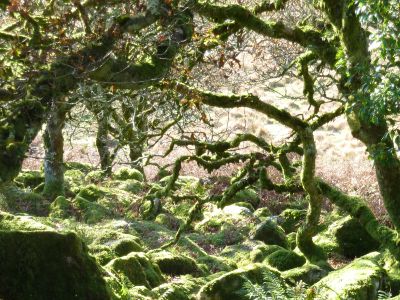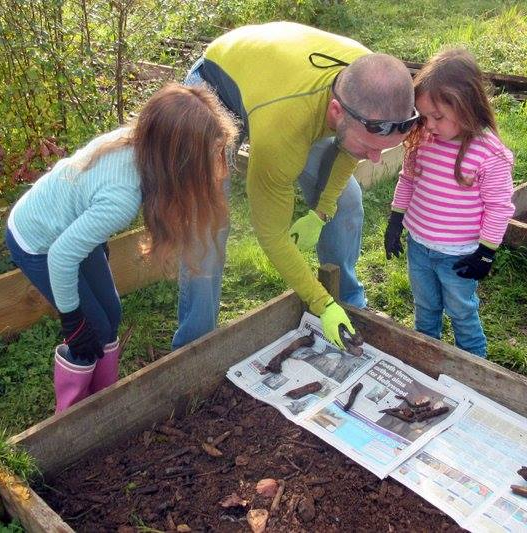Sally Moss talked to Adam Owen, Director of Moor Trees, about the work the organisation does to create native woodland in Dartmoor and further afield.
What in a nutshell is the Moor Trees mission?
Moor Trees was founded in 1999 and is a registered charity that grows trees. Our charitable objectives are:
- the preservation and conservation of the environment for the public benefit, in particular Dartmoor's wild natural forests, and
- the advancement of education among the public on natural history, conservation and the environment – in particular the role of woodland restoration in stabilising and regenerating ecosystems.
In a nutshell, we want to bring to life the story of how people and communities once connected with the historical woodland, and enable people to re-engage with trees and natural environments.

We operate around the region but are focused on Dartmoor and South Devon.
Volunteers, community groups and local businesses help support our mission to enhance the forest heritage and restore natural and native character woodland. They work with our team to advocate the recreation of native forests, bringing attention to the loss of the natural environment, and work with others to restore that heritage.
We collect local-provenance tree seeds to grow in our community tree nurseries, and we sell trees to individuals, landowners and corporate organisations, as well as planting thousands of trees to create new woodlands with our volunteers.
By planting new native woodland around Dartmoor and the South Hams, and by enabling people to re-engage with trees and natural environments, Moor Trees helps to restore the balance between humankind and nature. We also run research, education and training programmes with partner schools, colleges and universities.
Tell us a lesser-known fact about trees and tree planting that you wish everyone knew.
Science shows us that a single English oak tree provides food and shelter to more than 2,300 kinds of moss, fungus, lichen, bird, mammal and insect species.
Every day a tree 40 feet high ‘drinks’ in 400 pints of dissolved nutrients from the soil, raises this mixture to its topmost leaves, converts it into 10 lbs of carbohydrates and releases about 60 cubic feet of pure oxygen into the air.
Why is it important to increase woodland, and native woodland in particular?
Trees are pretty awesome. They also have massive benefits for the planet. Native trees offer the most benefits of all because they are so well adapted to their local environment.
Trees nurture and protect other plants and wildlife. They provide food and shelter, homes and safety. Hedgerows are the motorways of the countryside, allowing so many different species to move around unimpeded by humans and protected from predators. Larger woodlands create an entire micro-climate of their own, again benefiting wildlife and humans.

Their roots bind soil and stabilise it, supporting micro-organisms, which produce healthier soils. An open soil structure absorbs rainfall rapidly. Also, leaves and branches catch the rain, slowing it down and allowing it to reach the ground gradually. When water flows over the ground the trunks of trees again slow and divert the flow. All this helps reduces flooding downstream. Quite simply, trees help prevent flooding and save us billions of pounds in repairs and insurance.
Trees canopies provide shade. This shade again benefits a myriad of other plants and creatures, as well as us. The urban heat island (UHI) effect is a common environmental problem occurring in metropolitan areas in which the air temperature is significantly higher than in suburban areas. Trees in a city reduce the physical temperature of their surrounds, and trees are the best solution to reduce temperature spikes because they shade surfaces and reduce air turbulence.
Trees also produce food for us and they can be a very important part of an agroforestry system, as well as a pastoral system with grazing animals.
Finally, there is much evidence that trees and a green landscape are better for humans mentally. We are an intrinsic part of this planet and have lived side by side with nature for millennia, so it is no surprise that being near trees brings us peace, calm and better health.

So how would you summarise the benefits to humans of restoring our woodland?
The benefits to humans touch on almost all aspects of our lives. Here is a simple list of those benefits at a top level:
- Trees help fight climate change, for example by cooling the planet, filtering the air we breathe and cleaning up pollutants.
- They support the economy, creating industry and jobs – not just through the use of timber but through people paying to visits to the countryside, to walk in woods.
- There are the many health benefits, both physical and mental, from being in and around woodland and trees. A healthier population also means less money is spent on health care.
- We’ve discussed how they act as a flood control and improve soils, also filtering water to make it better to drink and better for the earth.
- Trees provide habitat and foraging for humans (as well as for wildlife).
- They help the earth to stay cool by adsorbing light energy.
- It has even been proven that living near to a tree or to a park or woodland increases the value of your home.
So now you know why we plant trees and create woodland.

What difference has Moor Trees made so far?
We’ve worked across Dartmoor and South Hams, Devon. Many of our individual woodlands are small but they connect old woods and hedgerows creating an interconnected landscape.
Other achievements:
- over 100,000 trees planted, across 100 ha of woodland
- creation of 97 woodlands and management of two tree nursery sites
- over 150,000 acorns collected, plus 80,000 seeds of other species, including hazel, alder, birch, rowan, hawthorn, crab apple, and Guelder rose
- over 1,800 tree dedications from individuals
- over 150 volunteering days every year, with an average 11 volunteers per day
How can people contribute to your work – if they are local? If they are further afield?
If you would like to volunteer with us, we run volunteer days on Tuesdays, Wednesdays and Sundays every week.
You can also call up anytime and arrange to come to one of our tree nurseries and help our tree nursery officers.
If you wish to help in other ways you can purchase membership or a tree dedication, or pay for trees to be planted to mitigate your carbon use. Alternatively, you can simply make a donation to support our work.
Please visit our website for further details. You can also keep up with our news on Facebook, Instagram, Twitter and LinkedIn.

